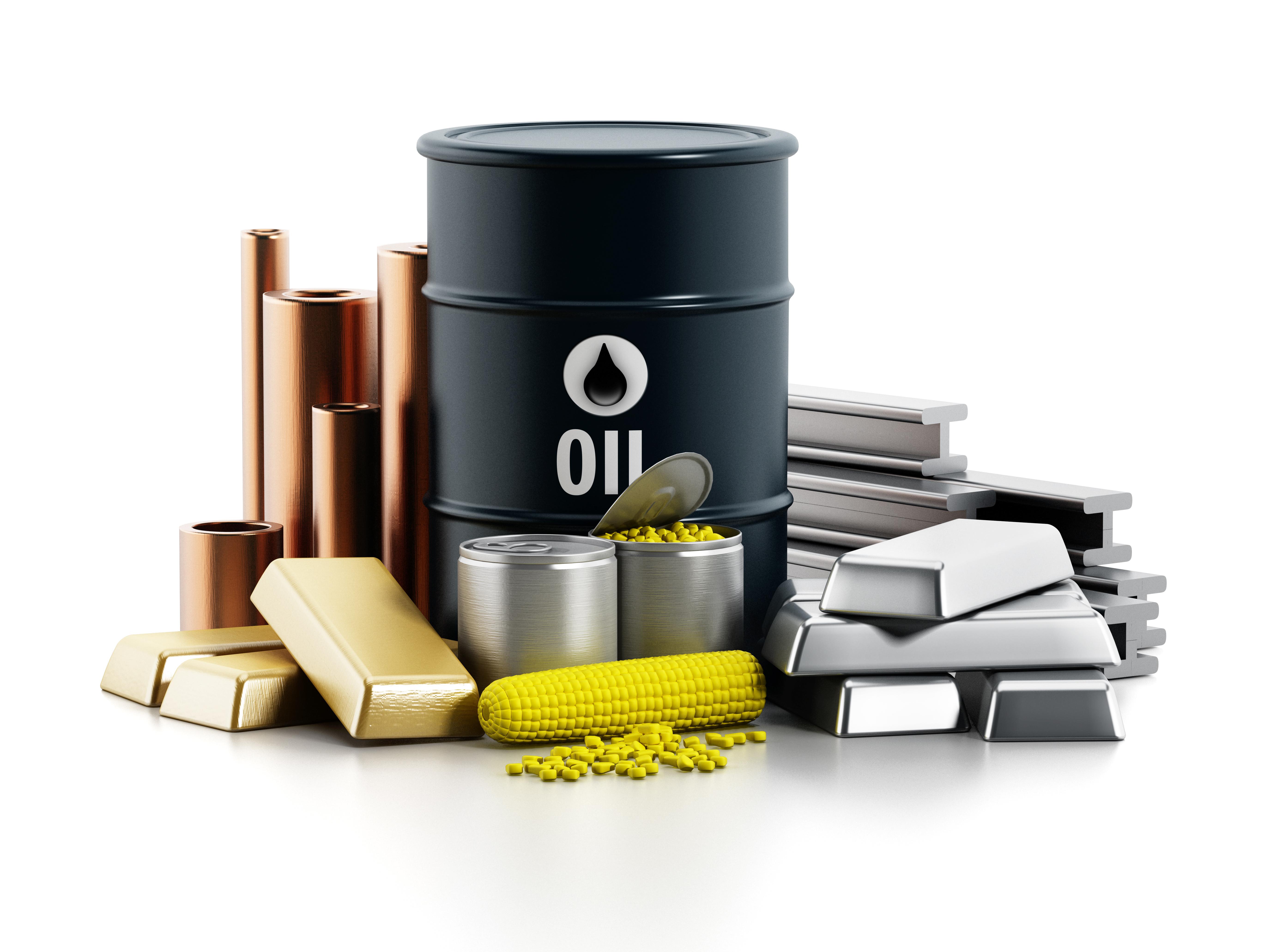Gold or Crude Oil: Where to Hide amid US-Iran Tensions?
Active gold futures have risen to their highest level since 2013 after the renewal of US-Iran tensions. Last week, active gold futures rose by 1.1%.
Jan. 7 2020, Updated 6:40 p.m. ET

Active gold futures have risen to their highest level since 2013 after the renewal of US-Iran tensions. Last week, active gold futures rose by 1.1%. WTI crude oil futures also rose 2.2%.
Yesterday, in a note, Goldman Sachs strategist Jeffrey Currie advised clients, “History shows that under most outcomes gold will likely rally to well beyond current levels,” according to a CNBC report. Compared to oil, gold could be a better investment in a warlike situation between the US and Iran, according to Currie. Also, Goldman Sachs expects an upside in gold in 2020 based on its yearly outlook. Here, we’ll focus on the key factors that could support gold’s and oil’s upsides.
US-Iran tensions: A war of words
Last week, a US-led drone strike killed Qassem Soleimani, a top official in the Iranian army in Baghdad. The US and Iran have since engaged in a war of words that’s dragged global equities down.
On January 4, President Donald Trump tweeted, “[We have] targeted 52 Iranian sites (representing the 52 American hostages taken by Iran many years ago), some at a very high level & important to Iran & the Iranian culture, and those targets, and Iran itself, WILL BE HIT VERY FAST AND VERY HARD. The USA wants no more threats!” However, the Pentagon denied any plans to target Iran’s cultural sites.
How the equity market has reacted to US-Iran tensions
US-Iran tensions have negatively affected the global equity market. On January 3, after the news of Soleimani’s death broke, the Dow Jones Industrial Average Index (DIA) fell 0.8%. Yesterday, European equity indexes and global equity indexes the Shanghai Composite Index, the Nifty 50, and the Nikkei 225 all ended in the red.
In 2019, gold and the Dow’s correlation was at -25.4%. Also, 2020 started with a divergence between gold and equities. To learn more, read Oil and Dow Jones Could Move Inversely after Soleimani Killing.
Gold and oil prices in 2019
In 2019, active gold futures rose 18.9%, while WTI crude oil prices gained 34.5%. In the first half of 2019, gold prices were range bound, while oil prices moved up. However, in the second half of 2019, gold prices rose with the escalation in the US-China trade war. In contrast, the trade war dragged on oil prices. Gold and oil prices had a 7.5% correlation in 2019.
In 2020, gold and oil prices could move together. The rise in geopolitical tensions in the Middle East could support both.
Any positive development in US-Iran tensions could limit gold’s upside. On the contrary, oil might continue its upside because of the deeper output cut announcement by OPEC+. Until Iraq’s provincial elections in April, US-Iraq tensions may remain elevated. Last week, Iraq’s parliament passed a resolution to end the presence of foreign troops in the country. However, the resolution could take months to implement.
Other factors supporting gold prices
Rising fiscal deficits in developed economies are another crucial factor for gold’s upside. During Trump’s presidential tenure, the federal deficit as a percentage of GDP widened to around 3.8% in 2018, its highest level since 2013. It could be that Trump will unveil another round of fiscal stimulus to boost US economic growth. Remember, a stronger economy could boost his reelection chances this year.
Slowdown fears have also supported gold’s rise in 2019. The world’s fifth-largest economy, India could see its GDP growth rate slow to 5% in the 2019–2020 financial year, according to government data. This level would mark the slowest growth rate in the last 11 years. A possible upside in oil prices could further hurt India’s economic activities.
Some Democratic presidential candidates’ proposed policies on energy and healthcare could also spook investors. Moreover, investors expect a sharp correction in the equity market if Senator Elizabeth Warren wins the 2020 presidential election. The election could also be an essential driver of gold prices.
Gold’s technicals
Yesterday, gold active futures settled 4.8%, 10.2%, 4.9%, and 5.6% above the 20-day, 50-day, 100-day, and 200-day moving averages, respectively. Prices above these moving averages suggest bullishness in gold prices. The 50-day moving average was also 4.4% above the 200-day moving average. In January 2019, the 50-day moving average decisively moved above the 200-day moving average after a period of six months.
For more technical analysis from the energy sector, read Hess: Key Technical Analysis and Target Price.
